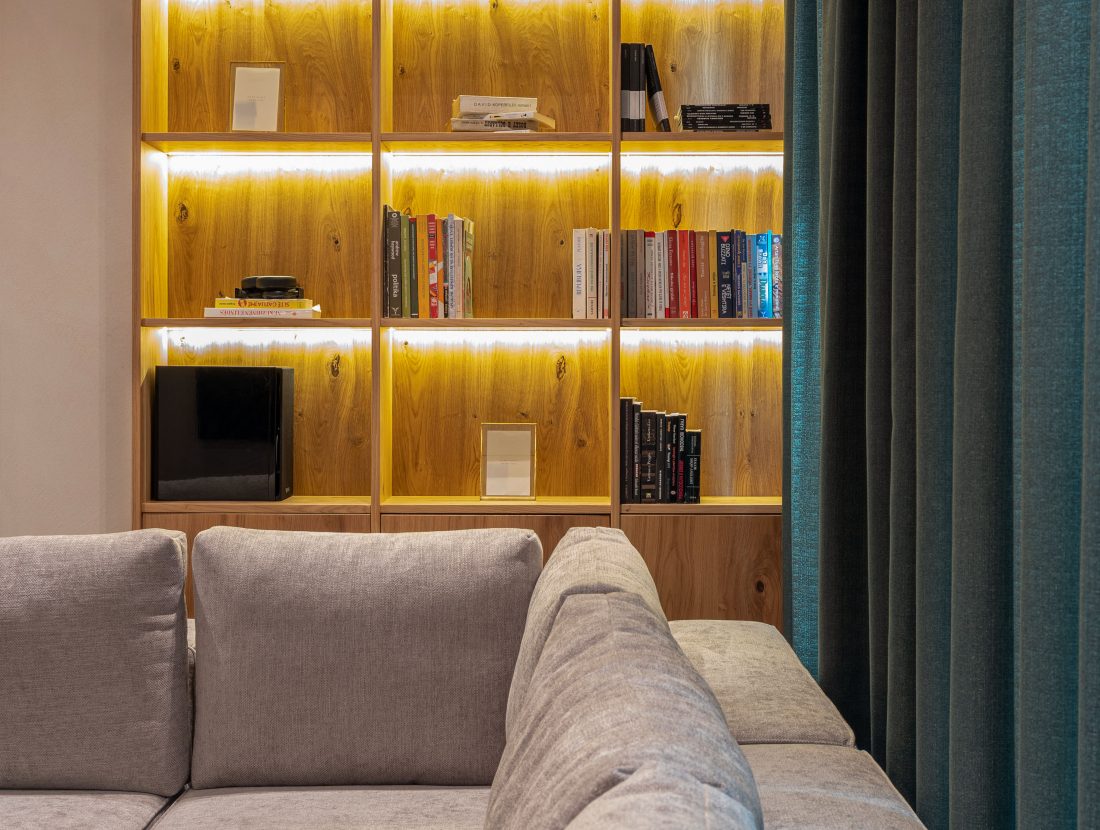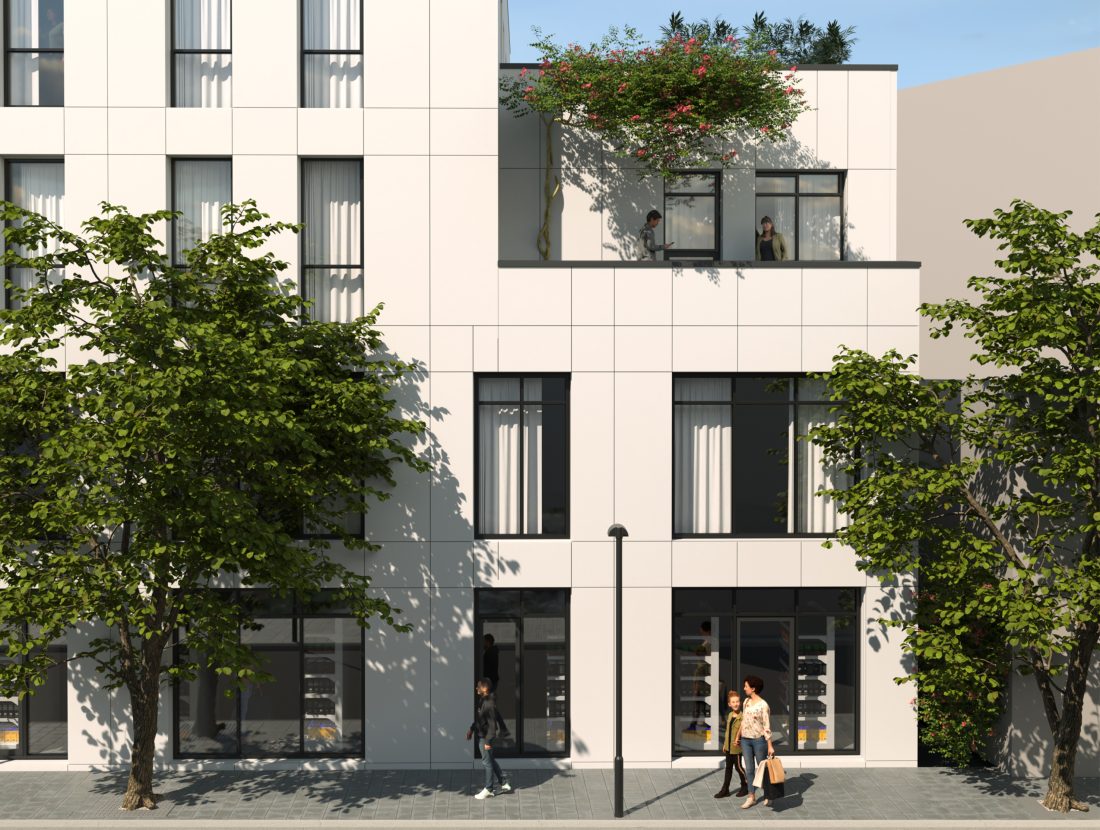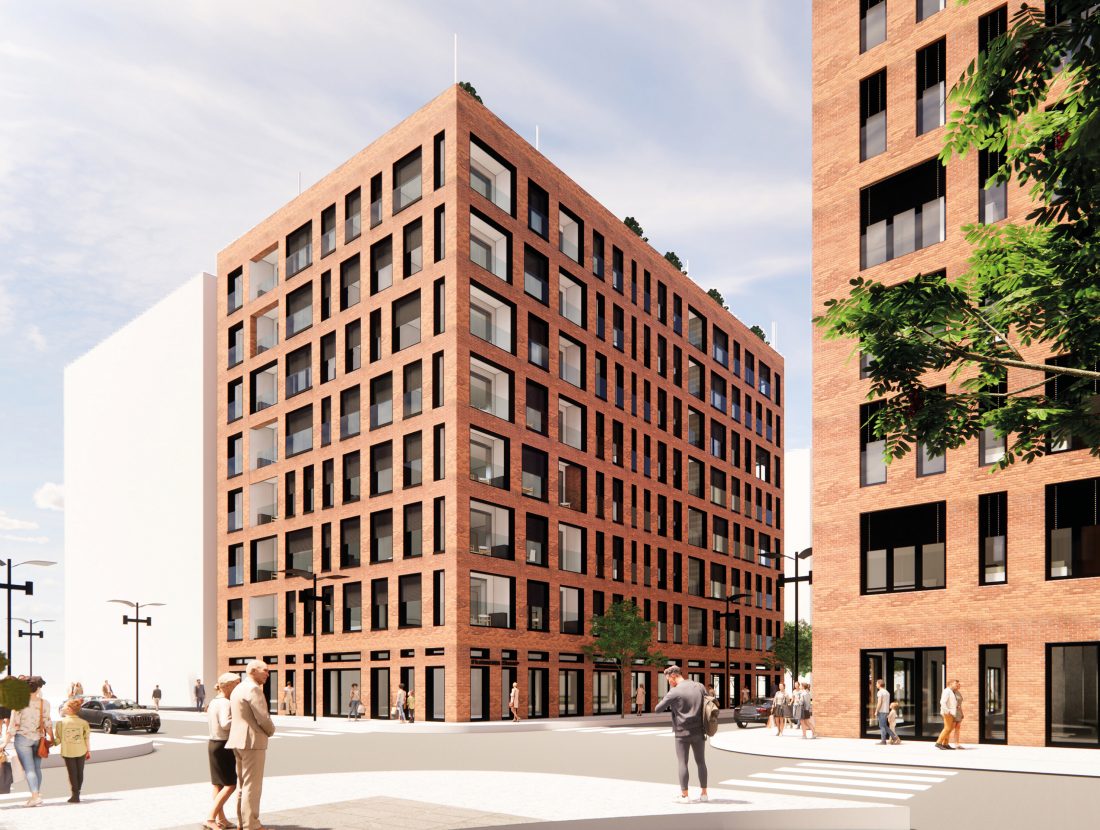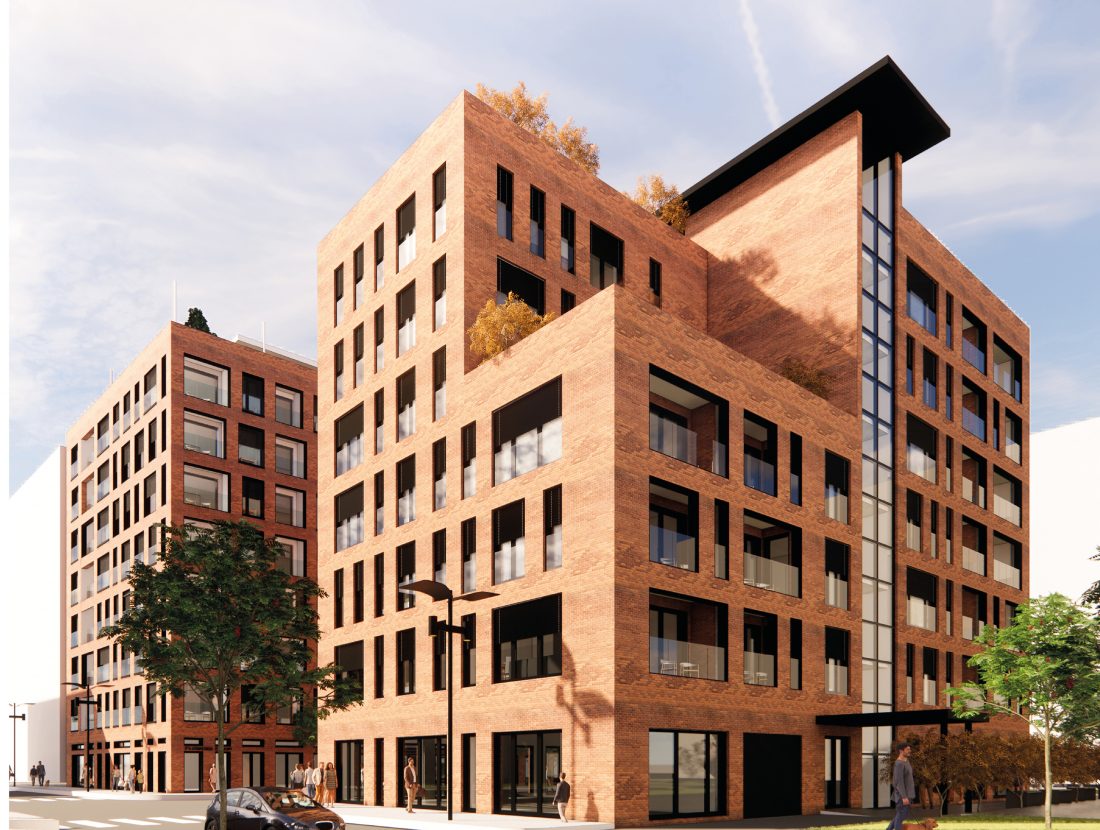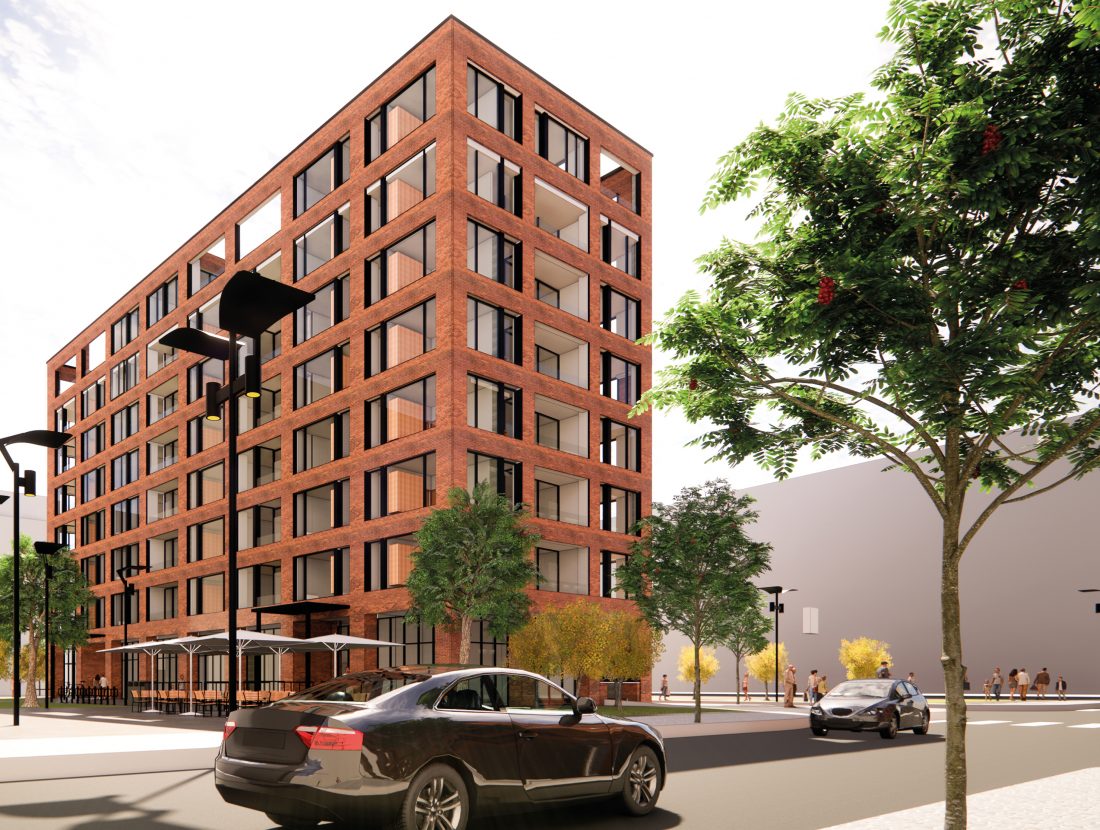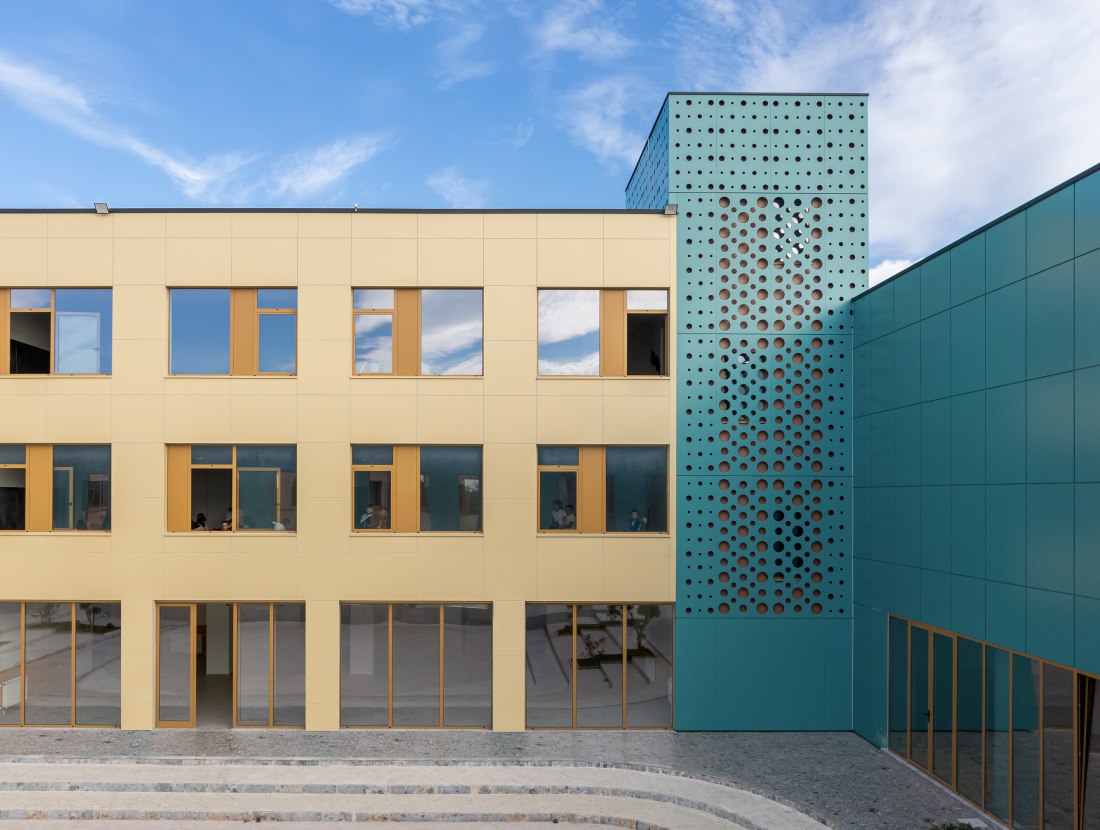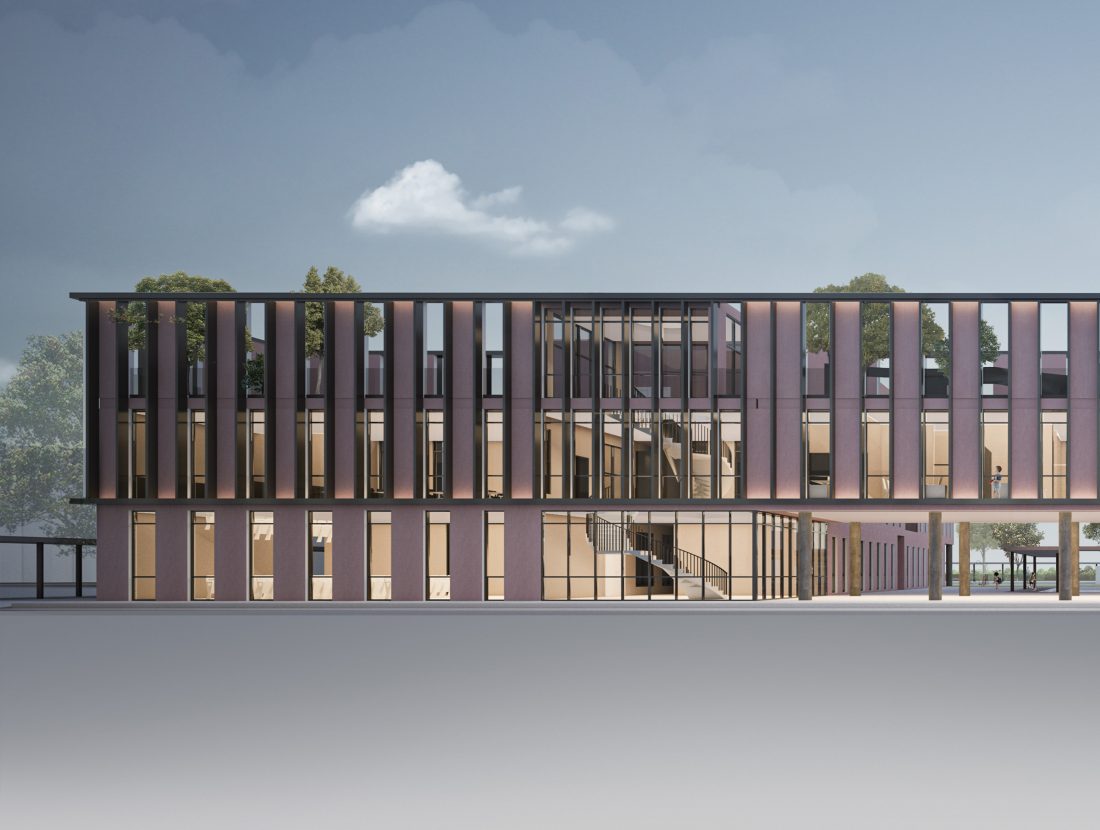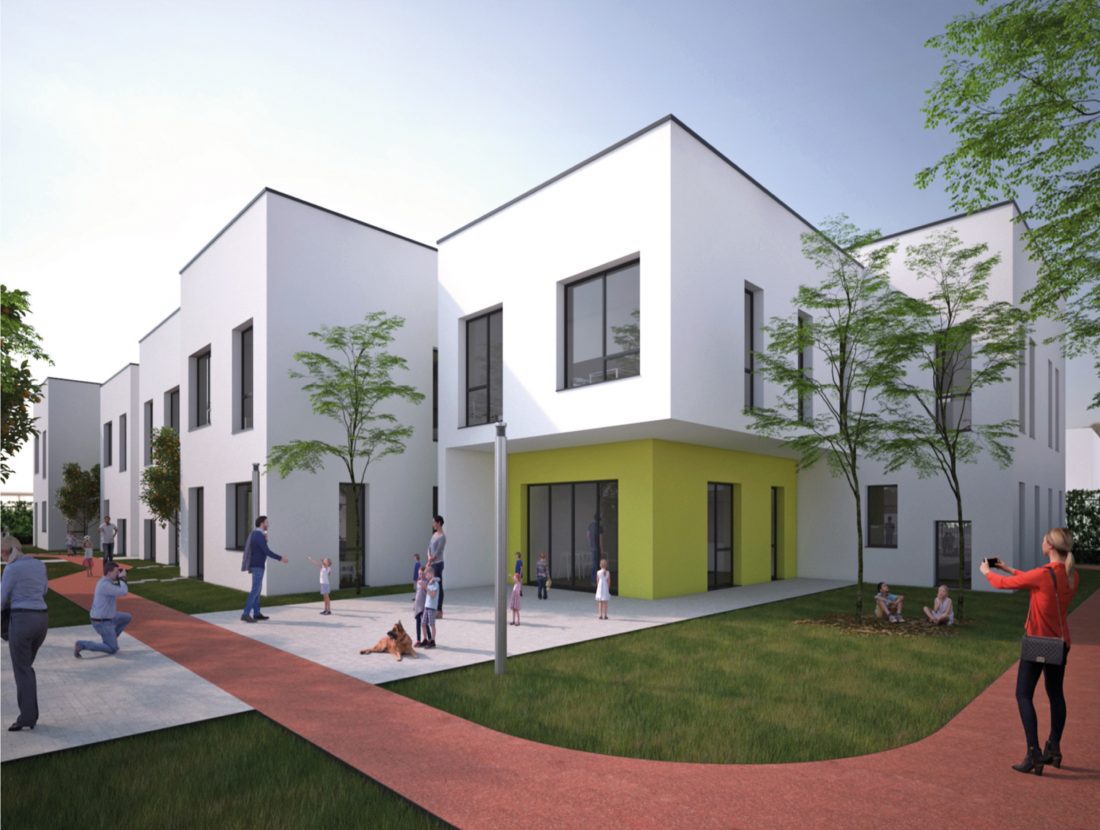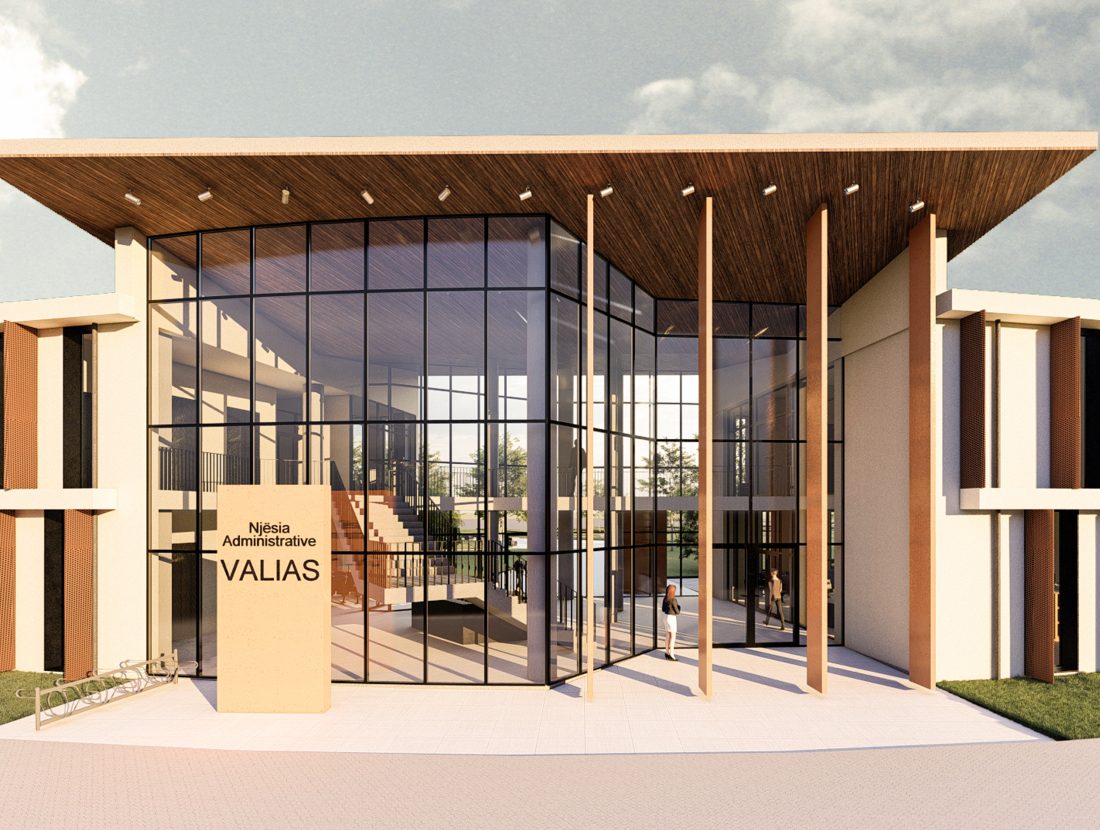TEAL Apartment
EN
The apartment has an area of 158 m2, fitting for a 3+1 typology The functions include the living room and the kitchen, 3 bedrooms, one of which has a “walk-in” closet, and 2 bathrooms. The apartment has strong visual elements in the materialization of its furniture and accessories. The furniture are treated with oak wood, which presents a warm color in the interior palette that easily combines with the selected wood flooring. The accessories of the apartment, such as frames, paintings and curtains are in cool colors to create a contrast with the warmth created by the colors of the furniture and wood flooring. As for the furniture, the concept of exposed shelves is applied in the corridor as well as in the living room. Lighting is also a personifying element of the apartment, where we see a combination of spotlights, pendant lamps and ceiling and wall rails. The latter are composed complementing each other by creating continuous strips on the plaster walls – which emphasizes the attention to the specific areas of the apartment.
AL
Apartamenti ka një siperfaqe prej 158 m2, i përshtatshëm për një ndarje funksionale 3+1. Funksionet ndahen në dhomë ndenje dhe kuzhine, dhe 3 dhoma gjumi, një prej të cilave ka dhe garderobe “walk-in” te inkorporuar, dhe 2 tualete. Apartamenti ka elementë të fortë vizual në materializimin e mobilieve dhe në aksesoret plotësues të tij. Mobiljet janë trajtuar me dru lisi duke prezantuar në paletën përbërëse të apartamentit një ngjyrë të ngrohtë që kombinohet lehtësisht me parketin e përzgjedhur. Aksesorët e apartamentit, si kornizimet, pikturat dhe perdet janë propozuar me ngjyra të ftohta për të krijuar një kontrast me ngrohtesinë që krijon ngjyra e mobiljeve dhe parketit. Në mobilim është aplikuar koncepti i rafteve të ekspozuara si në koridor ashtu dhe në ndenje, dhe mbetet i thjeshtë në trajtim duke ndjekur linja të drejta. Ndiçmi është përdorur gjithashtu si një element personifikues i apartamentit, ku shihet kombinimi i spoteve, ndriçuesve të varur dhe shinave tavanore dhe murale. Keto të fundit janë kompozuar në kombinim me njëra tjetrën për të krijuar shiritë të pandërprerë në faqet e mureve të gipsit – trajtim i cili thekson vëmëndjen në ambjente specifike të apartamentit.

